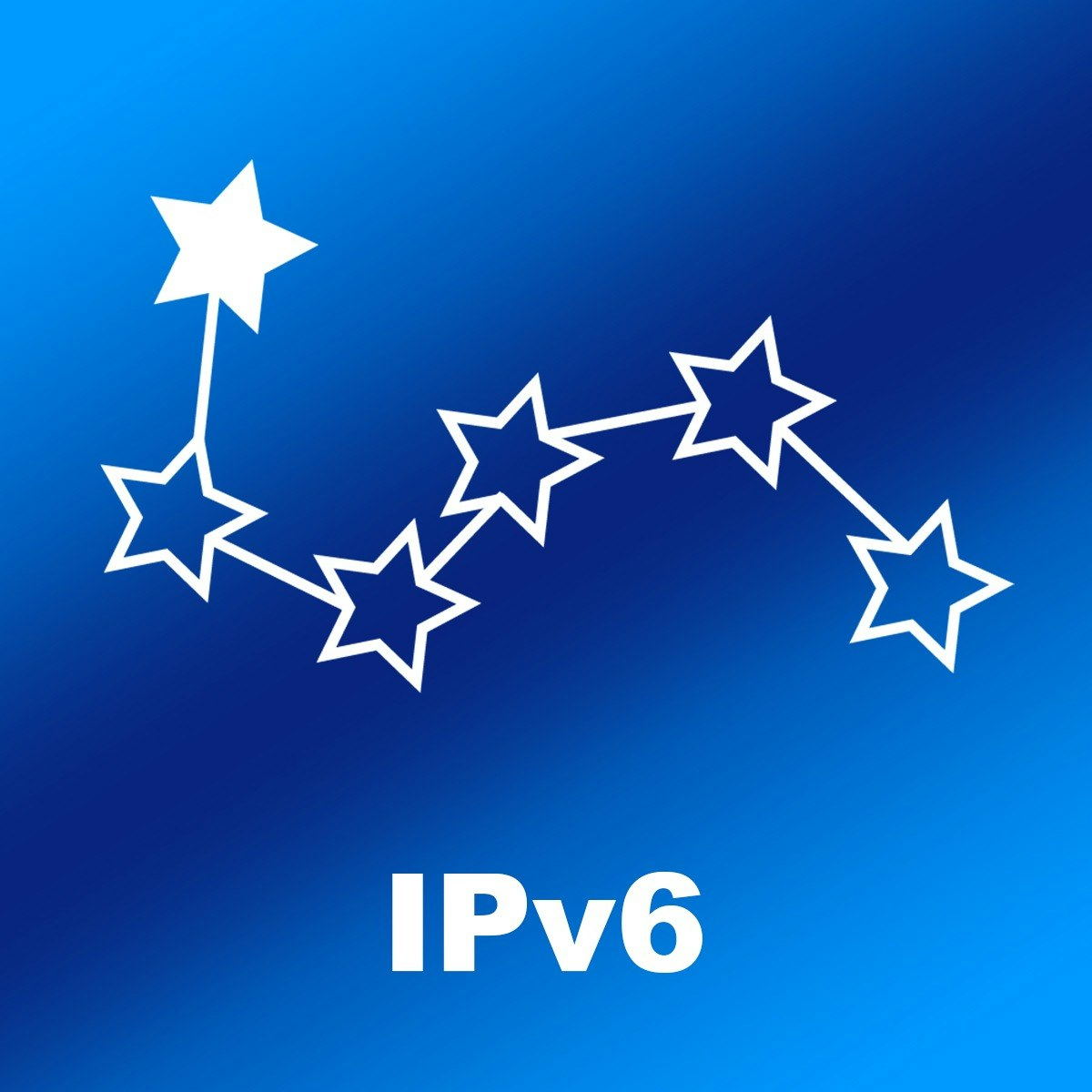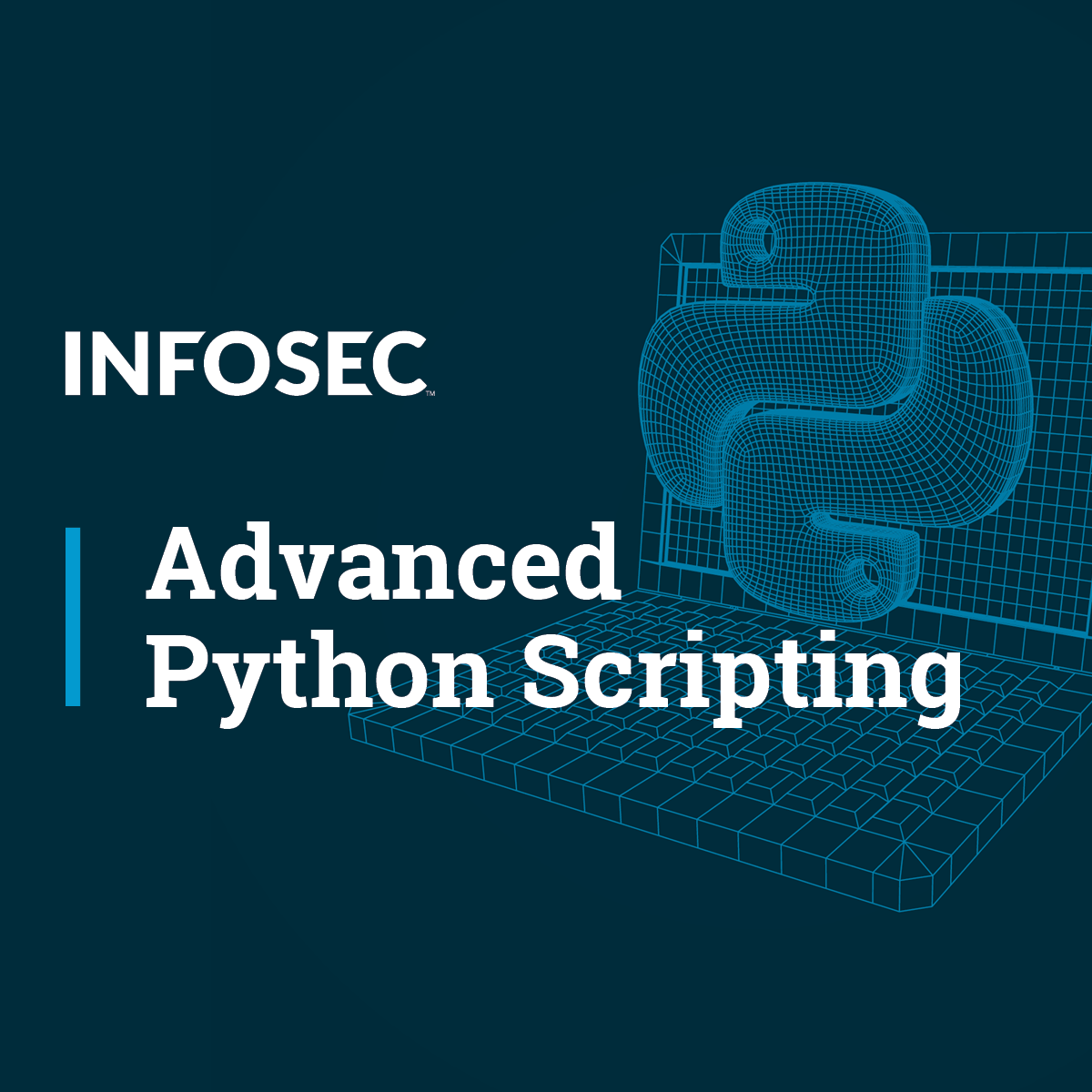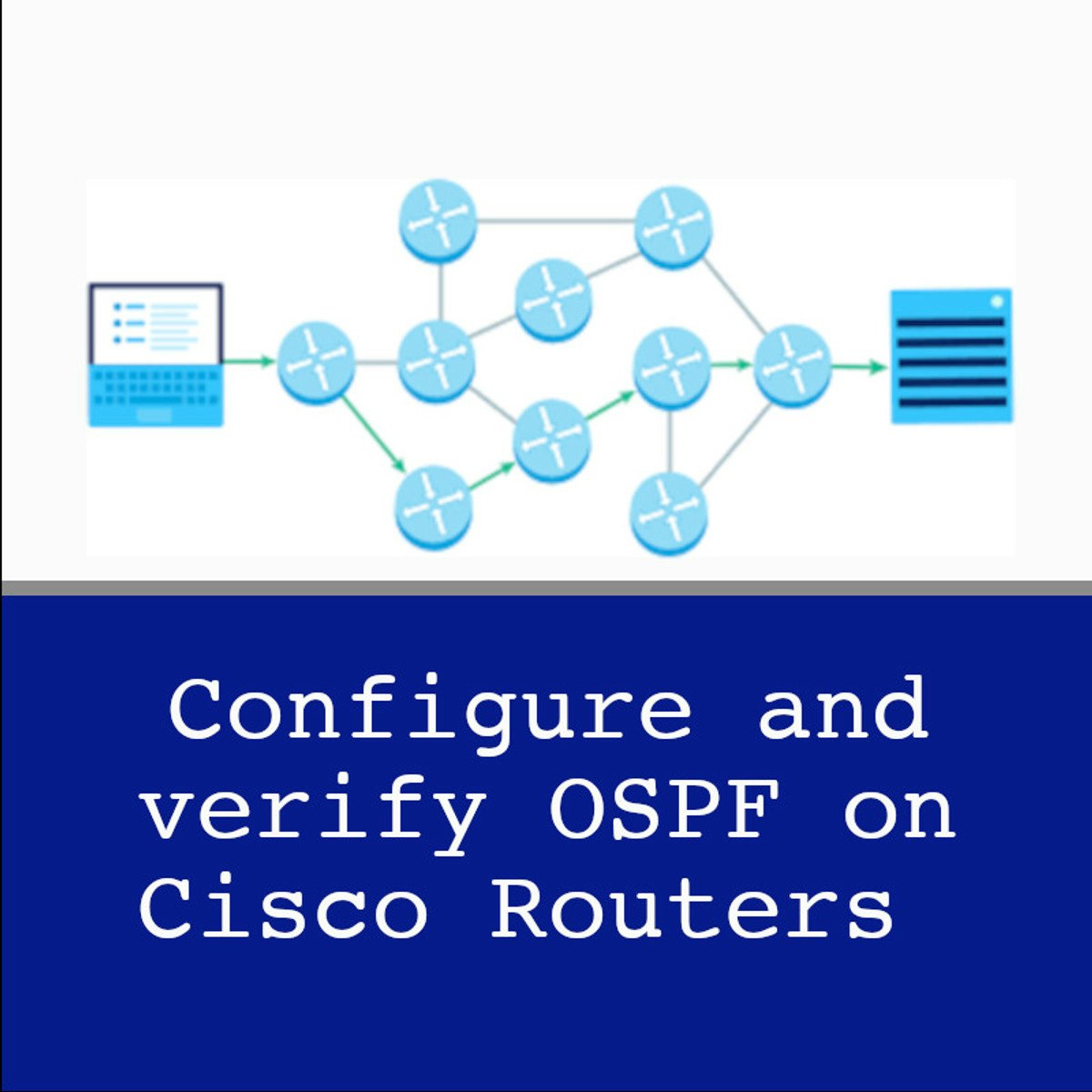Back to Courses









Computer Security And Networks Courses - Page 26
Showing results 251-260 of 277

Web Connectivity and Security in Embedded Systems
Welcome to Web Connectivity and Security in Cyber-Physical Systems!
In this course, we will explore several technologies that bring modern devices together, facilitating a network of connected things and making devices internet-enabled. We will discuss rules, protocols, and standards for these devices to communicate with each other in the network. We will also go through security and privacy issues and challenges in cyber-physical systems (CPS). We will explore measures and techniques for securing systems from different perspectives. Possible attack models are introduced and solutions to tackle such attacks are discussed. Moreover, some basic concepts related to privacy in cyber-physical systems are presented.
The course comprises altogether five modules and is split up into two main sections. The first section contains three modules and centers on the problem of web connectivity in cyber-physical systems. The second section consists of two modules focusing on security measures in such systems. Each module ends with a graded quiz, and there is a final peer-reviewed exam at the end of the course covering the two main sections of the course.
After completing this course, you will have the basic knowledge and capacity for designing the network architecture of your cyber-physical system. This includes putting together different components, selecting suitable communication protocols, and utilizing these protocols in your system. You will also be able to define security requirements for your system and choose and implement a proper security and privacy technique to protect it.

Introduction to OpenStack and Kubernetes Orchestrators
In this course, we will explain two open-source cloud management and orchestration platforms—OpenStack and Kubernetes. You will learn about different OpenStack concepts and the process to create virtual machines in OpenStack using the Web interface and the command line. You will also learn to automate these deployments using YAML-based Heat templates. OpenStack networking constructs, such as security groups and Floating IPs, will be covered in this course as well. The course will introduce you to Kubernetes architecture, API objects such as Pods and Services, the kubectl interface and integration with a CNI plugin for networking. The course will also demonstrate how an application can be deployed using Kubernetes.

Set Up Network and HTTP Load Balancers
This is a self-paced lab that takes place in the Google Cloud console. In this hands-on lab, you'll learn how setup both network load balancers and HTTP load balancers for your application running in Compute Engine virtual machines.

Decryption with Python
By the end of this project, you will be able to apply different decryption algorithms and techniques using Python. Moreover, you will apply cryptography concepts through completing several practical exercises to build a solid foundation in decrypting information and data using several renowned industry encryption algorithms.
You will write programs that decrypt data using ciphers including the reverse cipher Caesar Cipher and Fernet symmetric and RSA asymmetric encryption algorithms.
This project is for intermediate Python programmers who already have a basic familiarity with thePython programming language and are interested in cryptography.
This project will provide you with the skills needed to write software that encrypt and decrypt data.
We will be using Python for this project . It has quickly become the world’s most popular programming language making it suitable for this project.

Elastic Google Cloud Infrastructure: Scaling and Automation
This accelerated on-demand course introduces participants to the comprehensive and flexible infrastructure and platform services provided by Google Cloud. Through a combination of video lectures, demos, and hands-on labs, participants explore and deploy solution elements, including securely interconnecting networks, load balancing, autoscaling, infrastructure automation and managed services.

Getting Started with IPv6
In this 1 hour guided project, you will learn about IPv6 (IP address version 6). IPv6 is designed to alleviate the limitations of IPv4. As the last blocks of IPv4 addresses were assigned, the transition of the Internet to IPv6 will certainly accelerate. Get yourself ready for the future! In this guided project, you will learn the fundamentals of IPv6 including prefixes, subnetting and basic setup technique for Windows.

Design and Analyze Secure Networked Systems
In this MOOC, we will learn the basic cyber security concepts, how to identify vulnerabilities/threat in a network system. We will apply CIA basic security services in the triage of recent cyberattack incidents, such as OPM data breach. We will learn the risk management framework for analyzing the risks in a network system, and apply the basic security design principles to protect the data and secure computer systems. We will examine the trustworthiness of programs and data installed in our systems and show the proper way to verify their integrity and authenticity. We will apply principle of least privileges for controlling the shared access given to different groups of users and system processes. On Amazon Cloud instances, we will use GnuPG software to generate public/private key pair for signing/verifying documents and open source software, and for encrypting documents. We will learn how to publish software, the related signature and release key on web server and publish public key to PGP key server for others to retrieve. We will learn Public Key Infrastructure (PKI) and Linux utility to serve as a CA for an organization, learn how to sign certificate request for clients or servers in secure email and web applications.

Advanced Python - Reconnaissance
Welcome to advanced Python for Cybersecurity. The Reconnaissance course demonstrates the use of Python to automate the process of performing reconnaissance on target environments. We will also demonstrate how Python can be used to automate a password guessing attach to gain initial access to a target environment.

Configure and Verify OSPF Operation
Welcome to the CCNA 1.6: Configuring and Verifying OSPF operation. This project is the sixth in a CCNA learning series that is designed to help you acquire the hands-on skills required to pass the CCNA certification exam.
In this 2-hour guided project, you will setup OSPF on Cisco routers, configure OSPF router ID and priority to influence OSPF operation, set up unequal path load balancing, and verify OSPF configuration and operation.

Introducing Security: Aligning Asset and Risk Management
Course 1 - Introducing Security and Aligning Asset Management to Risk Management
In this course, we're going to start by discussing the security concepts, identifying corporate assets, and discussing the risk management process.
Course 1 Learning Objectives
After completing this course, the participant will be able to:
L1.1 - Classify information security and security concepts.
L1.2 - Summarize components of the asset management lifecycle.
L1.3 - Identify common risks and vulnerabilities.
L1.4 - Provide examples of appropriate risk treatment.
Course Agenda
Module 1: Understand Security Concepts (Domain 1 - Security Operations and Administration)
Module 2: Participate in Asset Management (Domain 1 - Security Operations and Administration)
Module 3: Understand the Risk Management Process (Domain 3 - Risk Identification, Monitoring and Analysis)
Module 4: Understand the Risk Treatment Process (Domain 3 - Risk Identification, Monitoring and Analysis)
Who Should Take This Course: Beginners
Experience Required: No prior experience required
Popular Internships and Jobs by Categories
Find Jobs & Internships
Browse
© 2024 BoostGrad | All rights reserved